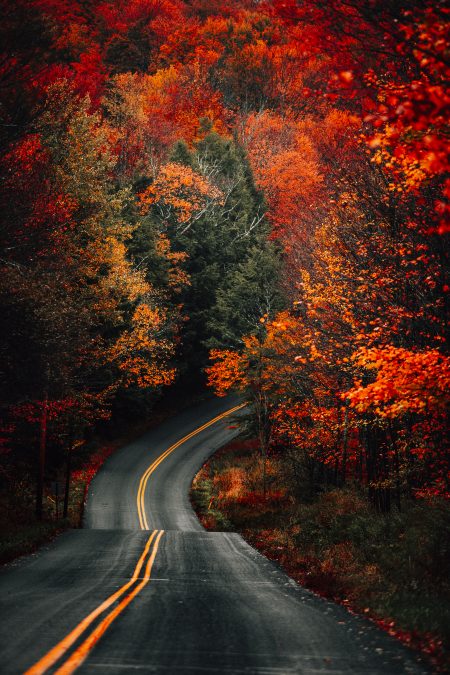
Thanksgiving In Perspective – The Observer November 2023
November 7, 2023
Facts About Lung Cancer
November 7, 2023Around the country in November, leaves turn different colors. Around PoV country, they just turn dead.
This has been a peeve of mine since Ms. Griffin’s class in second grade. That’s when unsuspecting kids like me were exposed to a social studies textbook that described strange things we not only hadn’t seen before but also were not likely to ever see. In fact, maybe we didn’t even need to see these things during our preciously brief nine months in that grade. Why did we need to learn about sun-drying salmon in the northern states when there were sun-drying platforms for shrimp in our own home towns? Why did we have to learn about the Grand Coulee Dam? And what’s a “coulee” to a second grader growing up in a place where coulees don’t exist? We spent more time giggling at the concept of a “dam” because its name seemed to legitimize a curse word. And why learn that the dam creates a “reservoir” to conserve water: We don’t have that problem here in watery PoV Country, and what kid could pronounce “reservoir” anyway? And speaking of words, why call it “maize” when it’s really “corn”—something we didn’t even grow much in Louisiana. And then came the full-page photos of mountains and canyons—things that could have never formed in PoV country’s 5000 years of silty, deltaic existence.
Do you know how all the grandeur of purple-mountains-majesty and amber-waves-of-grain makes an eight-year old feel when his world is a low-lying flatland where the only things that wave are pis-en-lits? That’s right. Pretty small. With no mountains and no canyons and no corn and no salmon and no coulees to experience like other kids in the U.S., the only things it seemed we could call our own were the leaves in the trees. And then came the greatest, belittling, gut-punch of all: Other kids’ trees change colors, and it was pretty.
Exposing us to other cultures and lifeways around the country was the whole point of that textbook, I suppose. But showing us how leaves change color in the fall was downright cruel. “Mais, we don’t got none of that us!” I may have complained aloud, before getting fussed for using a French word and a double-negative in English. In those days, bilingualism in children was not appreciated as much as bicolorism in leaves, apparently.
According to the National Forest Service, “New England is rightly famous for the spectacular autumn colors painted on the trees of its mountains and countryside, but the Adirondack, Appalachian, Smoky, and Rocky Mountains are also clad with colorful displays. In the East, we can see the reds, oranges, golds, and bronzes of the mixed deciduous woodlands; in the West, we see the bright yellows of aspen stands and larches contrasting with the dark greens of the evergreen conifers.” Notice that in all their poetic nonsense they say absolutely nothing about leaves in the South or about PoV Country specifically. If they did, it might sound something like this: “In the South, we can see summer greens of short, brittle hardwoods in the musty, insect-laden lowlands contrasting with the gray of dreary and unkempt moss until the winter decay of leaves into flaky, fallen, and allergenic ground litter.”
In reality, however, our leaves have all the colors of those leaves where other kids live—only you just can’t necessarily see them. Those colors are produced by pigment molecules, which are necessary for leaves to absorb sunlight and convert CO2 into the sugars that trees use for energy and growing. Yellow pigments (xanthophylls) are present in small amounts in leaves all year round. The yellow color is hidden because there is so much of the green pigments (chlorophylls) in leaves, especially when new ones are growing and thriving in summer. When days get shorter toward winter and hours of sunlight reduce, trees begin to avoid upcoming winter freezes by eliminating their water supply and plugging water flow to leaves. During this time, the green pigments, which are the major sunlight-absorbing molecules, start to break down, and with fewer greens the yellows become increasingly apparent. With no water supply and no new sugar production, leaves begin using their leftover sugar not for energy as usual but by converting it into red pigments (anthocyanins), which also become increasingly visible during shorter days.
The difference is that the days don’t get so short here in PoV Country. And winter is never as severe. No matter how cold we get and how short our days are, it’s never as cold or as short as it is up North. And that’s why those salmon-drying, maize-eating, coulee kids see more color changes in the trees than we do. And, after all the decades since second grade, I remain, like the trees in my backyard, green with envy.







